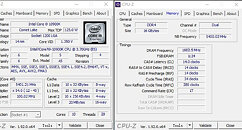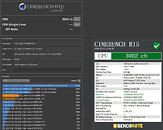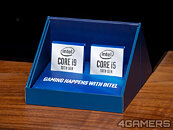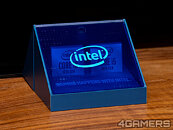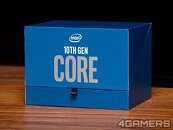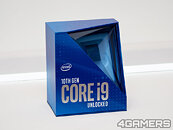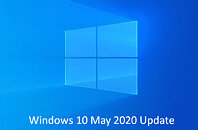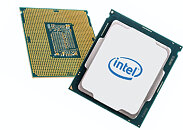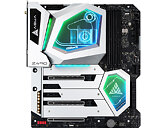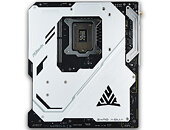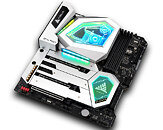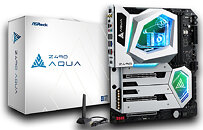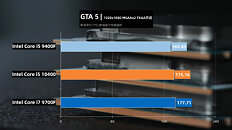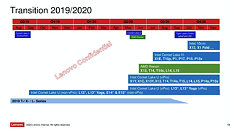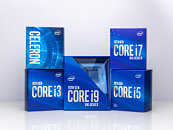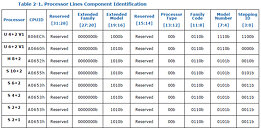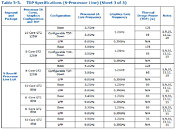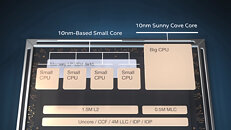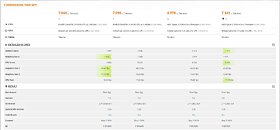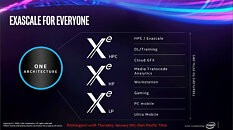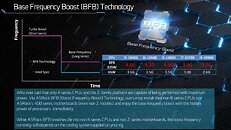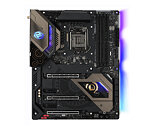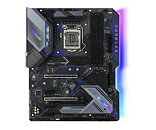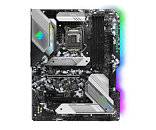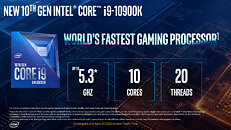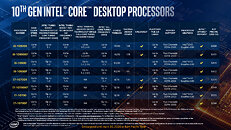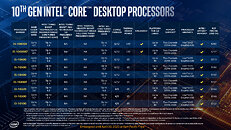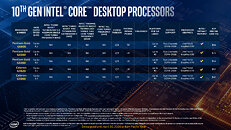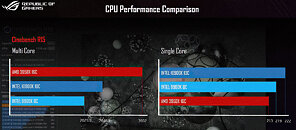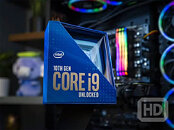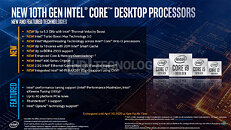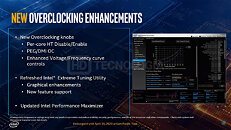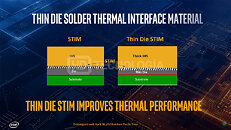
Intel Core i9-10900K Cinebench 15 Benchmark Leaked: Stock 2347 Points, 3K Points @ 5.4 GHz and 1.35 V
Even as review embargoes remain on Intel's latest 10th Gen CPUs, benchmark scores that show what these 14 nm CPUS are capable of are already flooding the web. Case in point: a Cinebench 15 benchmark of Intel's unlocked Core i9-10900K running at an overclocked 5.4 GHz on all cores @ 1.35 V core. The 10-core CPU features a base clockspeed set at 3.7 GHz, so we're looking at a frequency increase of around 46%.
At those speeds, tested on an ASRock Phantom Gaming 4/AX motherboard and 16 GB of G.Skill DDR4-3200 MHz CL14 memory, the Intel Core i9-10900K managed to post a 3002 multi-core score. When at stock, it achieved a relatively paltry 2347 points. An AMD Ryzen 7 3800X CPU (8-core, 16-thread) typically scores around 2200 points, and an AMD Ryzen 9 3900X CPU (12-core, 24-thread) achieves a 3200 score. They do so at stock frequencies, though; and the Intel Core i9-10900K is sandwiched in-between those when it comes to core-count, but not on price: 10 Intel cores will set you back $488.00, while AMD's 8-core launched at $399 (and is now cheaper) and AMD's 12-core CPU launched for $499. Adding to the benchmarking caveat, the operating temperatures for this particular Core i9-10900K show 0º min and 69º max, so assuming the temperature report is correct, it's fair to say an air cooler wasn't used for this overclocking feat.
At those speeds, tested on an ASRock Phantom Gaming 4/AX motherboard and 16 GB of G.Skill DDR4-3200 MHz CL14 memory, the Intel Core i9-10900K managed to post a 3002 multi-core score. When at stock, it achieved a relatively paltry 2347 points. An AMD Ryzen 7 3800X CPU (8-core, 16-thread) typically scores around 2200 points, and an AMD Ryzen 9 3900X CPU (12-core, 24-thread) achieves a 3200 score. They do so at stock frequencies, though; and the Intel Core i9-10900K is sandwiched in-between those when it comes to core-count, but not on price: 10 Intel cores will set you back $488.00, while AMD's 8-core launched at $399 (and is now cheaper) and AMD's 12-core CPU launched for $499. Adding to the benchmarking caveat, the operating temperatures for this particular Core i9-10900K show 0º min and 69º max, so assuming the temperature report is correct, it's fair to say an air cooler wasn't used for this overclocking feat.
